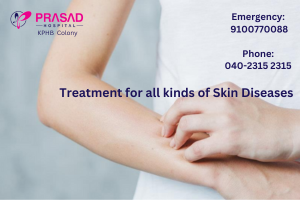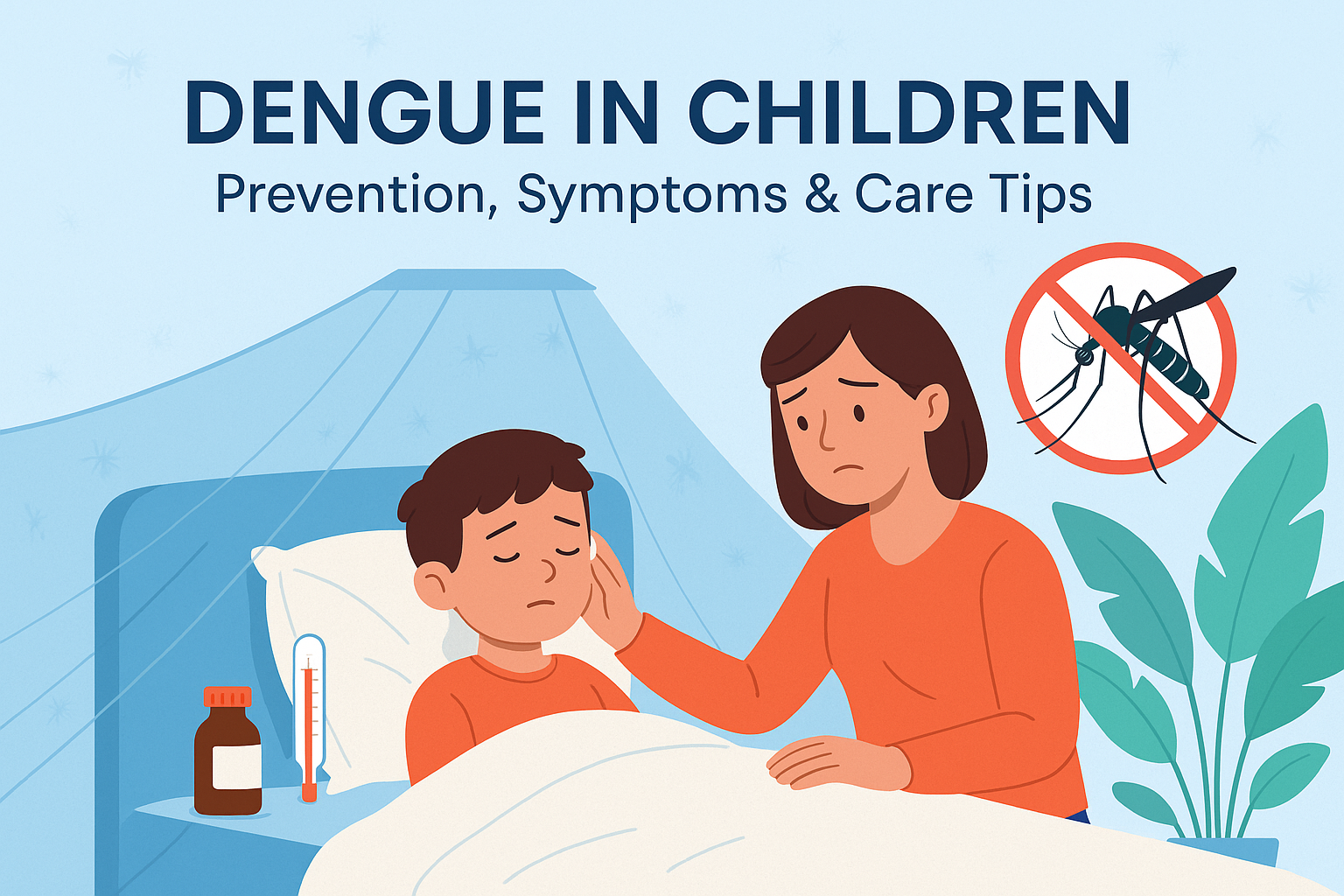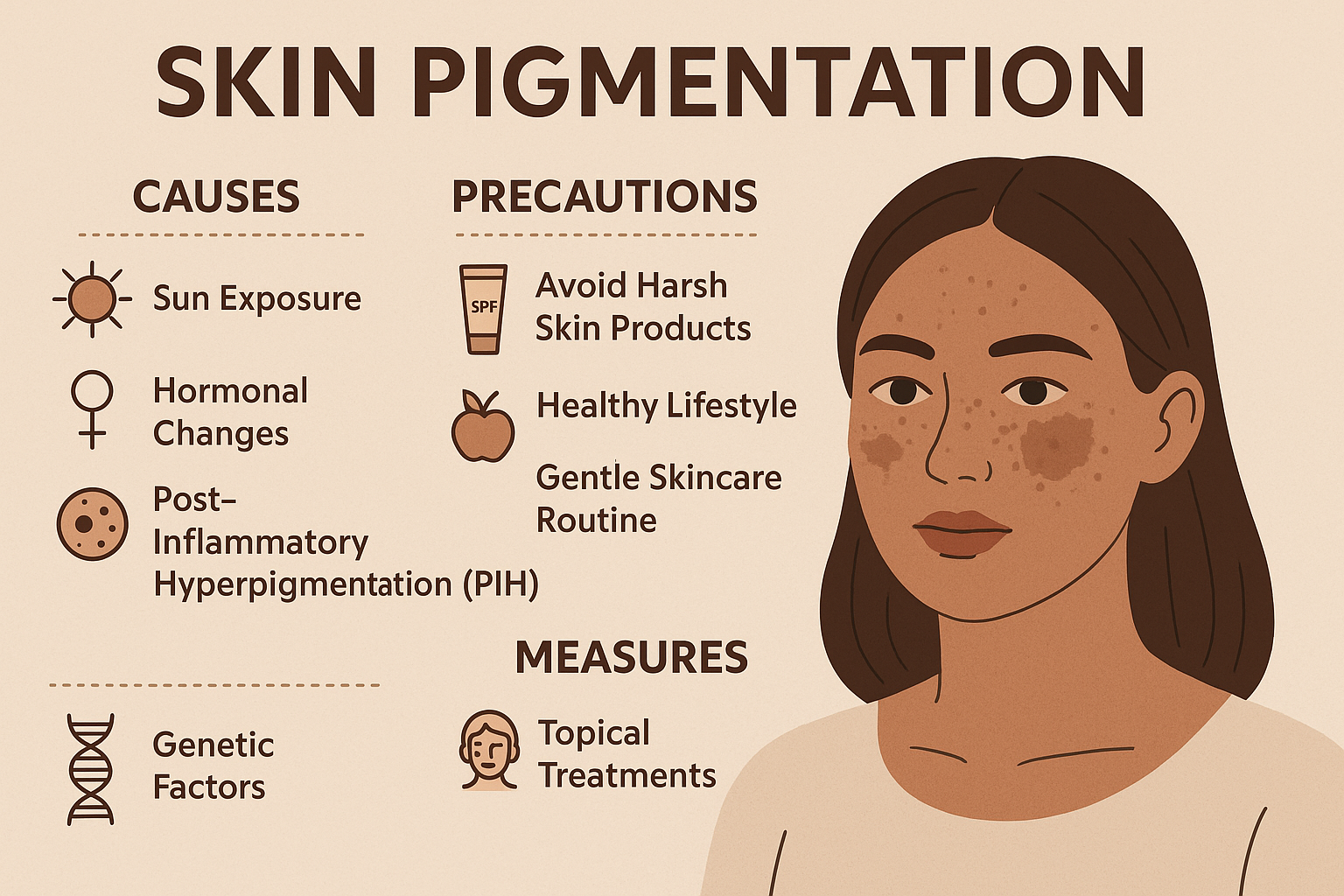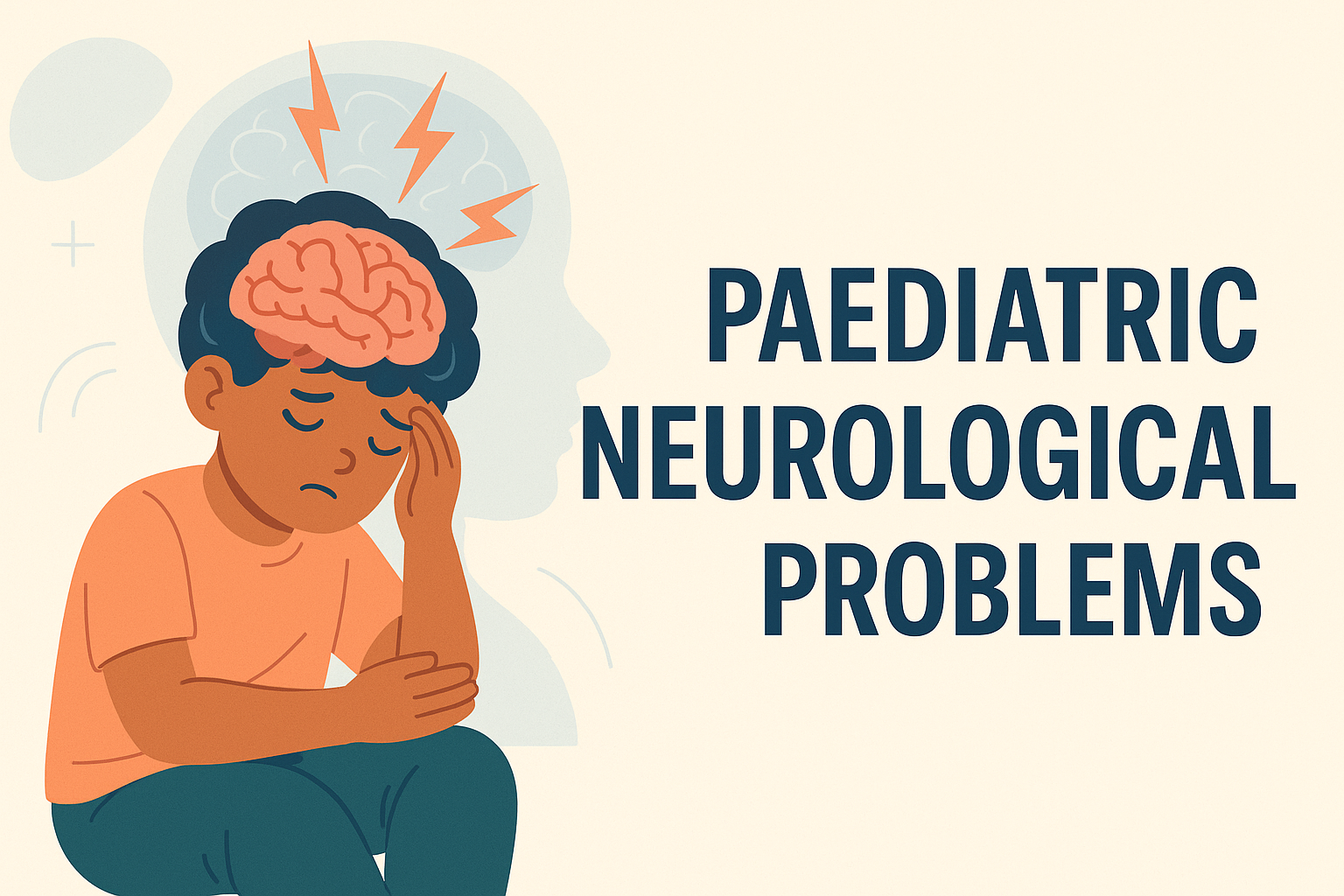5 Most Common Skin Diseases
Acne…
Alopecia…
Atopic Dermatitis…
Epidermolysis Bullosa…
Hidradenitis Suppurativa (HS)…
Ichthyosis…
Pachyonychia Congenita…
Pemphigus.
Acne:
Acne is a common skin condition characterized by the occurrence of pimples, blackheads, whiteheads, and cysts, primarily on the face, neck, chest, and back. It occurs when hair follicles become clogged with oil and dead skin cells, leading to inflammation and bacterial growth. Factors such as hormonal changes, genetics, and certain medications can contribute to acne development. Treatment options include topical medications, oral medications, and lifestyle modifications like proper skincare routine and diet adjustments.
Alopecia:
Alopecia refers to hair loss that can occur on the scalp or other parts of the body. It can be temporary or permanent and may result from factors such as genetics, autoimmune conditions, hormonal changes, stress, or medical treatments like chemotherapy. There are different types of alopecia, including alopecia areata (patchy hair loss), androgenetic alopecia (male or female pattern baldness), and alopecia universalis (total body hair loss). Treatment options vary depending on the type and severity of alopecia and may include medications, topical treatments, injections, or hair transplantation.
Atopic Dermatitis:
Atopic dermatitis, also known as eczema, is a chronic inflammatory skin condition characterized by dry, itchy, and inflamed skin. It often appears in childhood and can persist into adulthood, with symptoms fluctuating in severity over time. Genetic factors, immune system dysfunction, and environmental triggers like allergens or irritants contribute to its development. Management involves moisturizing the skin, avoiding triggers, using topical corticosteroids or immunomodulators to reduce inflammation, and, in severe cases, oral medications or phototherapy.
Epidermolysis Bullosa:
Epidermolysis bullosa (EB) is a rare genetic disorder characterized by fragile skin that blisters and tears easily in response to minor friction or trauma. It is caused by mutations in genes responsible for maintaining skin integrity. EB is classified into several subtypes based on the severity and location of blistering. There is currently no cure for EB, and treatment focuses on managing symptoms, preventing complications, and improving quality of life through wound care, pain management, nutritional support, and physical therapy.
Hidradenitis Suppurativa (HS):
Hidradenitis suppurativa (HS) is a chronic inflammatory skin condition characterized by painful, recurrent nodules, abscesses, and tunnels (sinus tracts) in areas with a high density of apocrine sweat glands, such as the armpits, groin, and buttocks. The exact cause of HS is not fully understood but is believed to involve a combination of genetic predisposition, immune dysfunction, and environmental factors. HS can significantly impact quality of life due to pain, scarring, and recurrent infections. Treatment options include lifestyle modifications, topical and systemic medications (such as antibiotics, anti-inflammatory drugs, and immunosuppressants), and surgical interventions in severe cases.
Ichthyosis:
Ichthyosis refers to a group of genetic skin disorders characterized by dry, scaly skin that resembles fish scales. It can manifest at birth or develop later in life and may affect the entire body or specific areas. Ichthyosis results from mutations in genes responsible for skin barrier function and moisture regulation. Symptoms range from mild dryness and scaling to severe thickening and cracking of the skin, which can cause discomfort and impair mobility. Treatment focuses on moisturizing the skin, removing scales, and managing associated symptoms like itching and inflammation through topical medications, oral retinoids, and other supportive measures.
Pachyonychia Congenita:
Pachyonychia congenita (PC) is a rare genetic disorder characterized by thickened nails (pachyonychia), painful plantar keratoderma (thickened skin on the soles of the feet), oral leukokeratosis (white patches in the mouth), and other skin abnormalities. It is caused by mutations in genes involved in keratin production, leading to abnormal skin and nail development. PC can vary in severity and may present with additional features such as cysts, blisters, and hair abnormalities. Treatment aims to manage symptoms and complications, including pain relief, foot care, and surgical interventions for severe nail or skin involvement.
Pemphigus:
Pemphigus encompasses a group of rare autoimmune disorders characterized by the formation of blisters and erosions on the skin and mucous membranes. The immune system produces antibodies that target proteins in the skin, leading to the breakdown of cell-to-cell adhesion and blister formation. Pemphigus can affect various parts of the body, including the mouth, scalp, trunk, and genitals, and can be life-threatening if not treated promptly. Treatment typically involves systemic immunosuppressive medications, corticosteroids, and other immunomodulatory therapies to control disease activity and prevent complications such as infection and scarring. Management may also include supportive measures to promote wound healing and improve quality of life for affected individuals.






